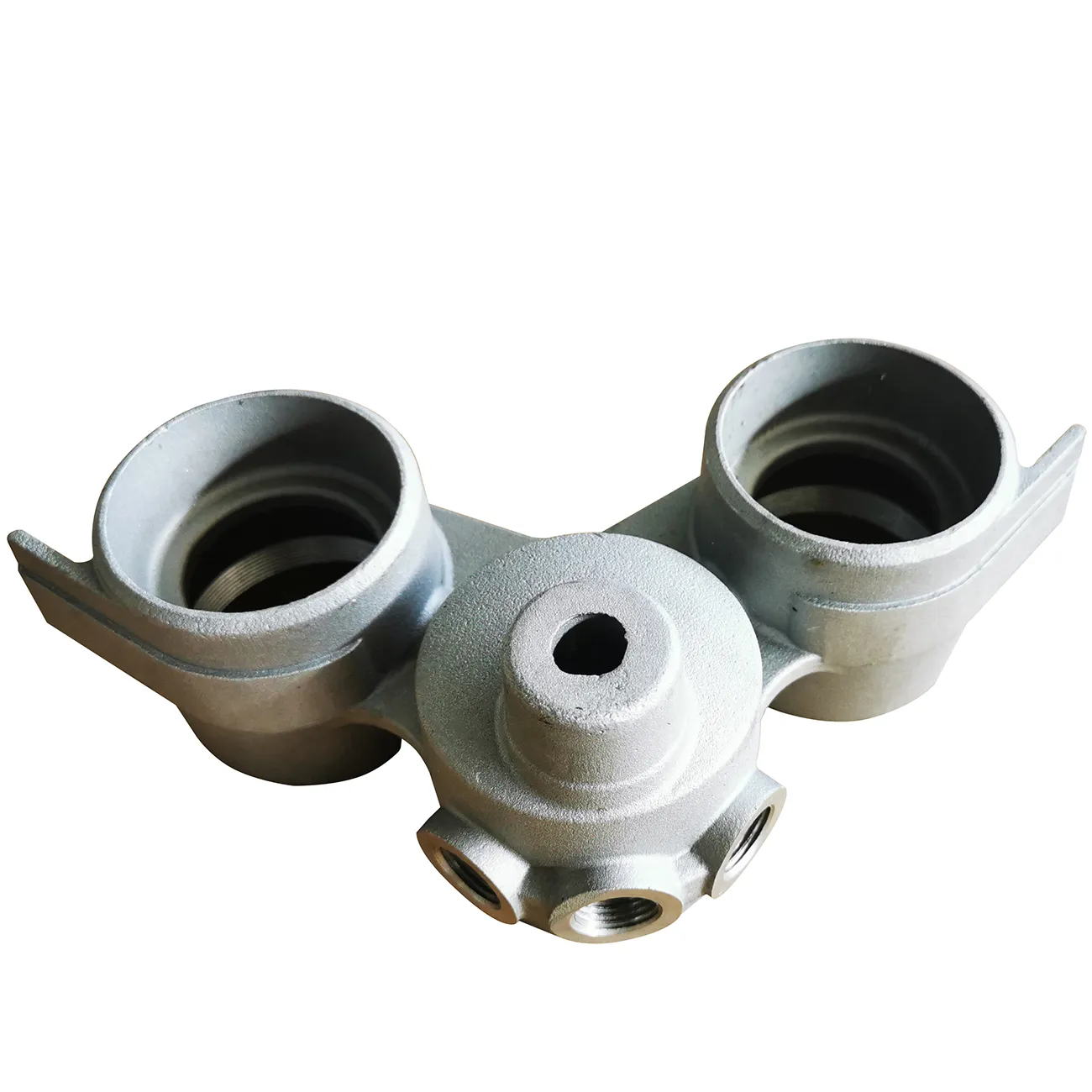Mobile:+86-311-808-126-83
Email:info@ydcastings.com
turbo charger housing
Understanding Turbocharger Housing The Heart of Performance
In the realm of automotive engineering, performance enhancements are a continual quest for both manufacturers and enthusiasts alike. Among the many components contributing to an engine's efficiency and power output, the turbocharger housing plays a critical role. This article delves into the significance, design, and functionality of turbocharger housing, shedding light on its influence on the overall performance of an engine.
Understanding Turbocharger Housing The Heart of Performance
One of the primary functions of the turbocharger housing is to facilitate the smooth flow of exhaust gases to the turbine. The design of the housing is engineered to minimize turbulence and maximize the velocity of the exhaust flow. This is essential because a higher exhaust flow leads to increased turbine speed, ultimately enhancing the efficiency of the turbocharger. Many modern turbocharger housings feature specialized designs, such as the use of variable geometry technology, which adjusts the flow dynamics based on engine speed and load.
turbo charger housing

Moreover, the size and shape of the turbocharger housing can have a significant impact on the performance characteristics of the turbocharger. Larger housings can support higher air volumes, which is beneficial for high-performance applications that require substantial power boosts. Conversely, smaller housings may provide quicker spool times, leading to less turbo lag and a more responsive engine. Enthusiasts often find themselves balancing these characteristics based on their specific performance goals, whether it be raw power or improved drivability.
Heat management is another critical aspect of turbocharger housing design. Turbochargers generate substantial heat during operation due to the high-speed rotation of the turbine and the combustion process. Efficient cooling solutions are often integrated into the housing design, such as water-cooled cores or external heat shields, to protect adjacent engine components from heat damage. Proper heat dissipation not only improves reliability but also enhances performance, as cooler intake air can lead to denser air and improved combustion efficiency.
Additionally, the turbocharger housing serves as a mounting point for various components, including wastegates, actuators, and sensors. These elements are integral to the turbocharger's overall functionality. For instance, an external wastegate, which regulates exhaust flow to the turbo, is often mounted directly to the housing, allowing for fine-tuning of boost levels and engine performance.
In conclusion, turbocharger housing is more than just an outer shell; it is a sophisticated component that directly influences an engine's performance, efficiency, and longevity. With its critical role in managing airflow, heat, and component integration, understanding the intricacies of turbocharger housing can empower automotive enthusiasts and engineers alike. As technology continues to advance, innovations in turbocharger housing design promise to enhance the balance between power and efficiency, driving the future of high-performance vehicles. Whether you're a seasoned professional or an aspiring tuner, the turbocharger housing remains a focal point of exploration in the quest for automotive excellence.
-
Impeller Technology That Powers Precision in Pump SystemsNewsMay.22,2025
-
Valve Durability Begins with Quality Cast Iron ComponentsNewsMay.22,2025
-
Performance Cooling with Advanced Automobile Water Pump SolutionsNewsMay.22,2025
-
How Motor Housing and Oil Pans Shape Engine PerformanceNewsMay.22,2025
-
How Metal Castings Drive Modern Manufacturing EfficiencyNewsMay.22,2025
-
Exploring the Engineering Behind Valve Body CastingsNewsMay.22,2025











